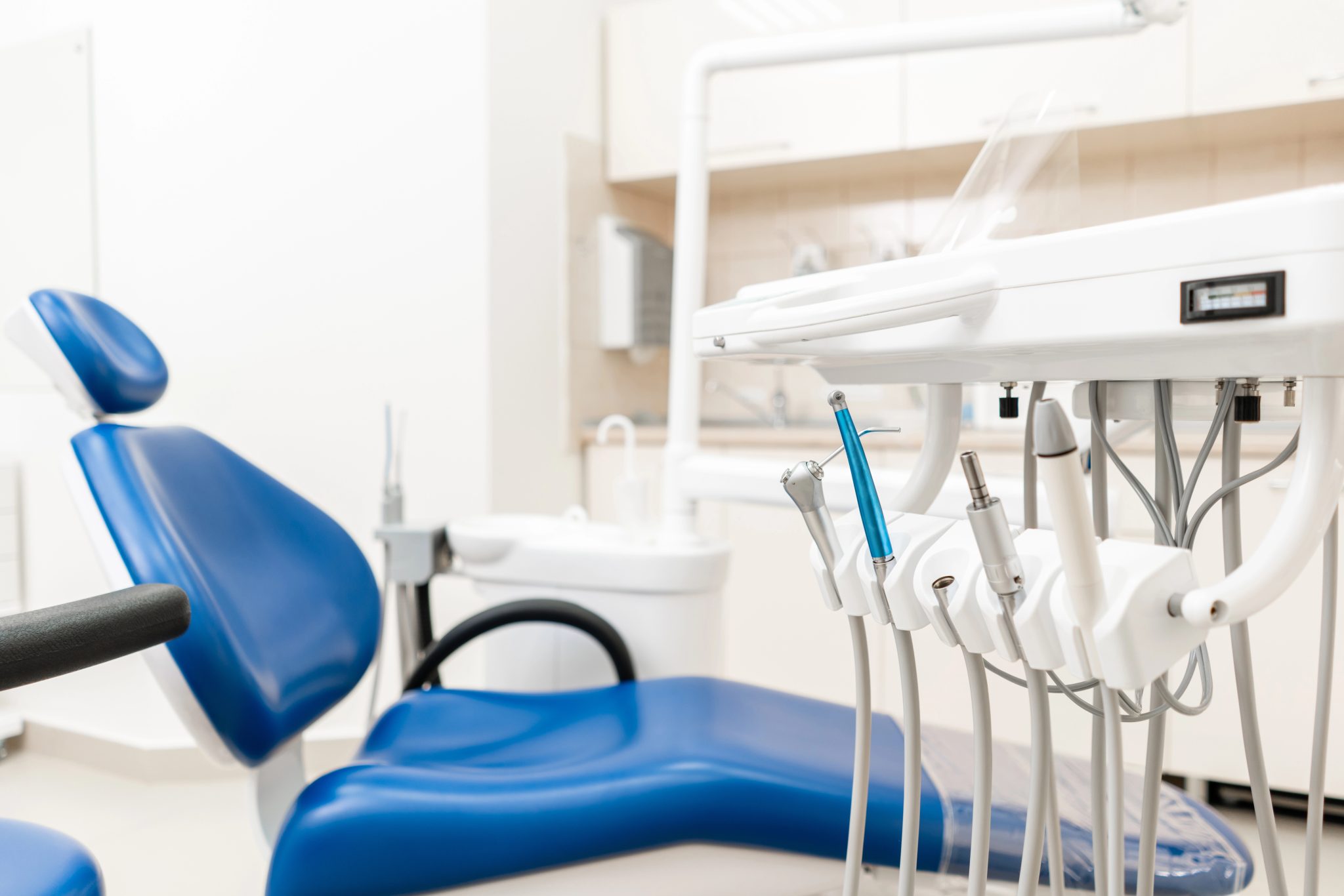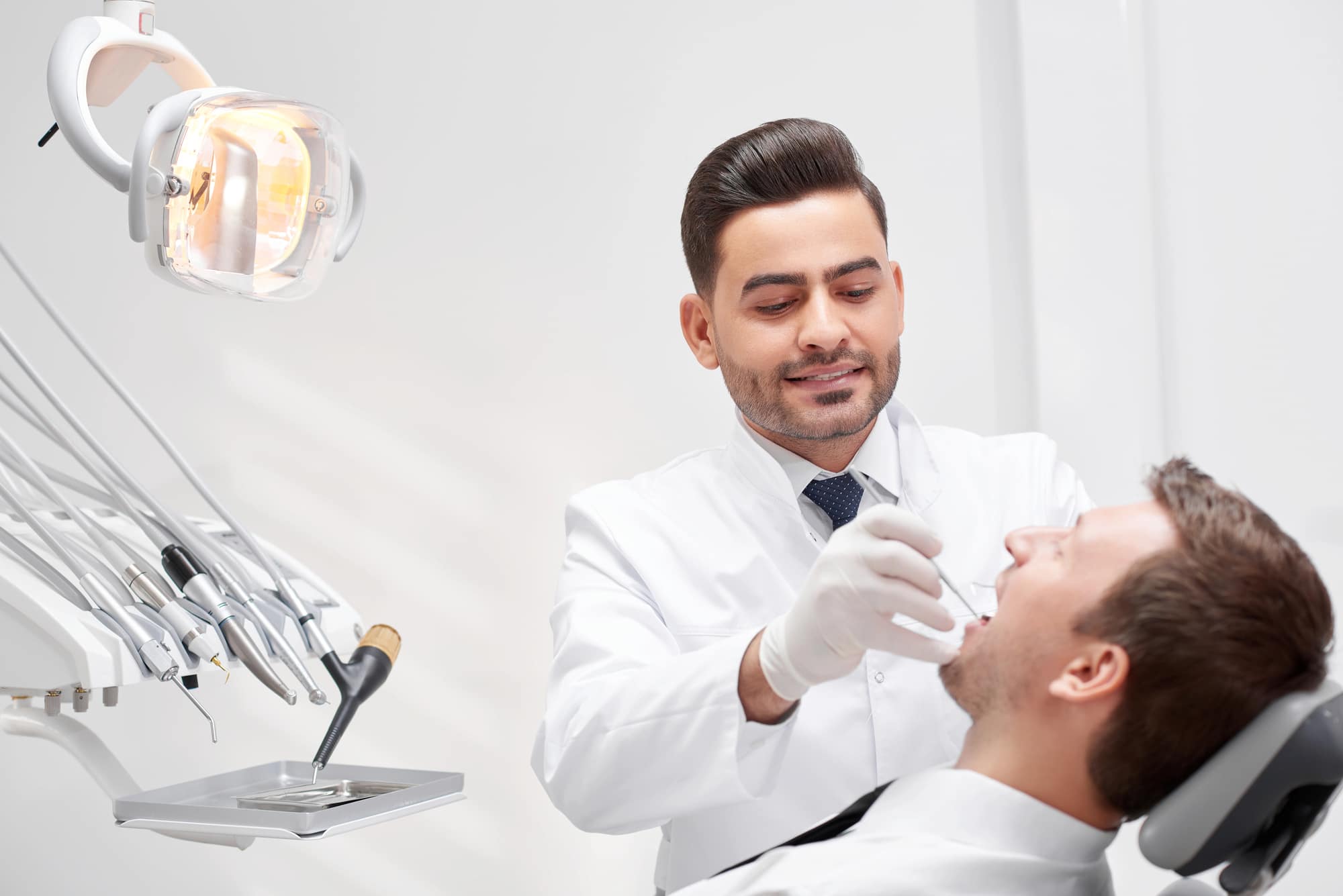Money makes the world go round in a metaphorical sense. For businesses, it’s literally what keeps the lights on and doors open. Dentists appreciate this more than most given their lofty operational costs. With expensive equipment, a team of specialized staff, and countless other expenses to pay, there’s no waiting around for payments. Luckily, the collections process can be streamlined in several ways – you just need some expertise and strategy. Today, we’ll discuss how in our guide to optimizing accounts receivable for dental practices.
Table of Contents
ToggleWhat is ‘Accounts Receivable?’
Accounts receivable (AR) represent the money owed to a company by its customers for goods or services delivered but not yet paid for. It’s essentially credit extended by a business to its clients that allows them to purchase products or services now and pay later – typically within 30, 60, or 90 days.
On a company’s balance sheet, accounts receivable appear as a current asset, indicating its short-term nature and expected conversion to cash within one accounting period (usually a year). The accounts receivable process begins when a sale is made on credit and concludes when payment is collected.
Accounts Receivable vs. Accounts Payable
Accounts receivable and accounts payable represent opposite sides of a company’s financial transactions. While accounts receivable (AR) is money customers owe to the business for products or services already delivered, appearing as a current asset on the balance sheet, accounts payable (AP) is money the business owes to its vendors and suppliers. It’s recorded as a current liability.
AR represents future cash inflows that enhance liquidity when collected, whereas AP represents future cash outflows that reduce available funds when paid. Effective business management requires balancing both: accelerating the collection of receivables while strategically timing payables to optimize cash flow without damaging supplier relationships.
Accounts Receivable for Dental Practices
Accounts receivable for dental practices is a bit different than it is for other types of businesses.
Insurance Complexity
Unlike many retail businesses, dental practices deal with multiple insurance companies, each with their own reimbursement rates, filing requirements, and payment timelines. Claims may be rejected for minor errors, requiring resubmission and extending the collection cycle.
Patient Responsibility
Because dental insurance often only covers a portion of treatment costs, patients frequently have significant out-of-pocket expenses. Dual payment structures – part from insurance, part from patients – create additional complexity in tracking and collecting payments.
Treatment Plans and Phased Billing
Comprehensive dental care often involves treatment plans spanning multiple visits over weeks or months. This creates a phased billing cycle where receivables accumulate at different stages rather than in a single transaction.
Fee Schedules and Adjustments
Contracted fee schedules with insurance providers often require practices to write off the difference between their standard fees and the contracted allowable amounts, creating accounting adjustments that must be tracked alongside actual receivables.
Aging Considerations
The timeline for collecting dental receivables often extends beyond typical business cycles. Insurance claims may take 30-60 days to process, while patient payment plans might stretch payments over many months, requiring sophisticated aging reports and follow-up protocols.

Optimizing Accounts Receivable for Dental Practices
Effective AR management in dental practices requires effort. It’s about optimizing processes and deploying tools to prevent late payments from becoming an issue in the first place.
Here are a few examples of what that looks like:
Investments in Accounting Software
Specialized software systems track insurance claims, patient responsibilities, and payment histories while integrating with scheduling and clinical documentation systems for comprehensive financial management. The right platform can automatically flag aging accounts, generate patient statements, and provide real-time analytics on collection performance.
Clear Financial Policies
Establishing transparent financial policies and communicating them to patients before treatment begins helps set expectations. This includes detailed explanations of insurance coverage, patient responsibility, payment options, and consequences for late or missed payments.
Streamlined Insurance Verification
Implementing robust pre-appointment insurance verification processes helps identify patient responsibility upfront and reduces claim denials. Staff should confirm coverage, verify benefits, and estimate patient portions before services are rendered.
Same-Day Collections
Collecting patient portions at the time of service significantly improves cash flow. Training front desk staff to confidently discuss financial matters and offering convenient payment options (credit cards, electronic payments, payment plans) facilitates immediate collections.
Dedicated AR Staff
Assigning specific team members to focus exclusively on accounts receivable management ensures consistent follow-up on outstanding balances. Specialists need training in both insurance claim resolution and patient communication techniques.
Regular Aging Report Reviews
Implementing weekly reviews of aging reports allows practices to identify trends and problem accounts early. Categorizing receivables by age (30, 60, 90+ days) and source (insurance vs. patient) helps prioritize collection efforts.
Automated Patient Communications
Utilizing automated reminder systems for upcoming payments, past due notifications, and confirmation of insurance submissions keeps patients informed while reducing staff workload. These can be delivered via email, text message, or patient portal notifications.
Insurance Claim Tracking
Developing a systematic approach to tracking submitted claims, following up on pending ones, and appealing denials prevents insurance receivables from aging unnecessarily. Electronic claim submission with integrated tracking capabilities streamlines this process.

Optimizing Accounts Receivable for Dental Practices Like Yours
Hands full with delivering exceptional oral care? Let trusted professionals handle the complexities of Optimizing Accounts Receivable for Dental Practices on your behalf. At Dental Tax, our team is known not just for accuracy, but for unwavering commitment to our clients’ financial success. We take care of everything—from patient follow-ups and invoice tracking to reconciliations and comprehensive bookkeeping—ensuring no payment ever slips through the cracks. Our proactive, detail-driven approach sets us apart from the competition and gives you more time to focus on what matters most: your patients. Reach out today and experience the Dental Tax difference for yourself.
Adam has an MBA from the Richard Ivey School of Business in London and also holds a Chartered Investment Manager designation.
- Buying vs. Starting a Dental Practice: Financial Comparison - December 11, 2025
- Year-End Tax Planning for Dental Practices: 10-Week Countdown Guide - November 27, 2025
- Dental Practice Bookkeeping: Systems for Success - November 13, 2025




